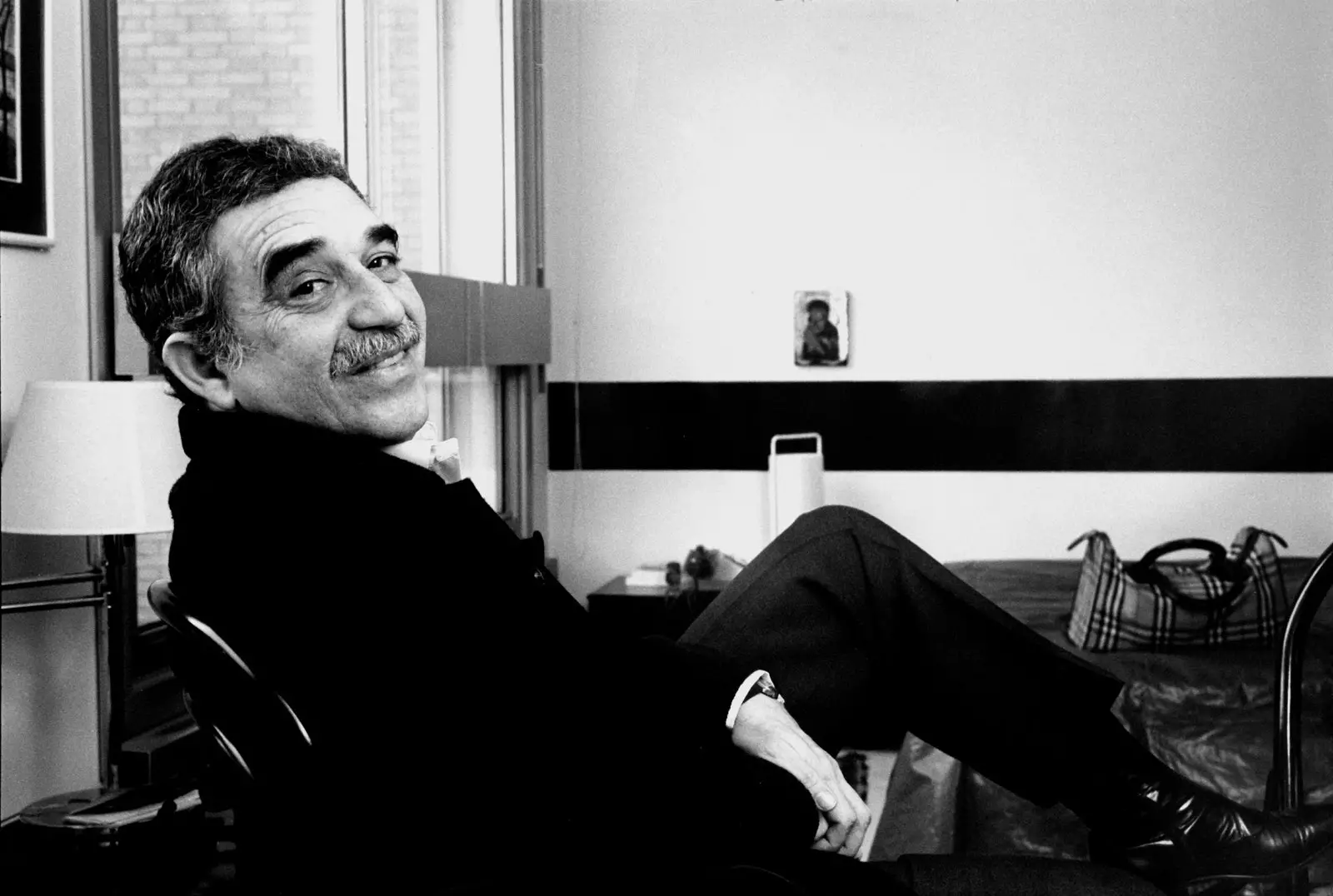
Seven years without you, Gabo
my father never liked One hundred years of solitude . He said that a book in which all the characters had the same name I wasn't with him. And so, one grows up thinking that certain stories are not worth reading and the novels of Follett or Brown They are always much more entertaining. Until years later, perhaps moved by an act of passive rebellion, I found myself reading One hundred years of solitude during a long subway ride.
I devoured the book in less than a week. Despite the task of consulting the (insatiable) genealogical tree of the Buendía family on Google and make notes in a notebook, Gabo managed to transport me to another world, a lush new one, full of superstitions and banana trees ; the best escapism during that long winter.
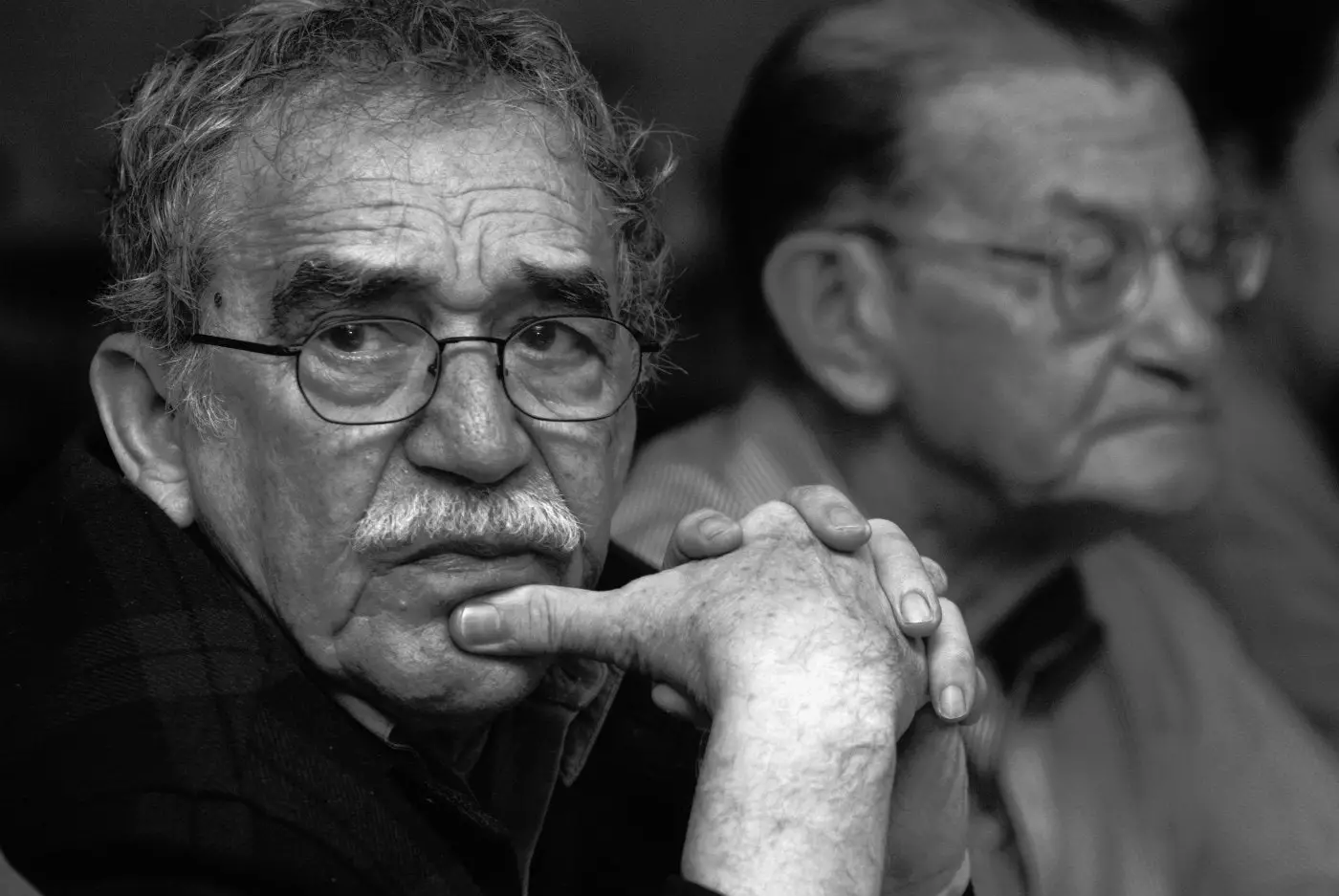
Gabriel García Márquez, father of magical realism
Like any icon, much has been said about Gabriel García Márquez, but no one can deny a universal truth: his ability to turning the famous magical realism into the best shortcut to new realities.
Something that, perhaps, has never been so necessary before.
ONE AND A HALF REALITY
"Mauricio Babilonia was always in the audience at concerts, at the movies, at high mass, and she didn't need to see him to find out, because the yellow butterflies told her." (Excerpt from One Hundred Years of Solitude)
On March 6, 1927, Gabriel García Márquez, Gabo or Gabito for friends , was born in Aracataca , a remote town in the Magdalena region, in the Colombian Caribbean.
Since childhood, the one known as "son of the telegraph operator" she grew up with his grandfather, Colonel Nicolás Márquez, a veteran of the Thousand Days War; and his grandmother, Tranquilina Iguaran, a particular Scheherazade with blindness problems whose stories would mark the cosmic vision of his grandson.
Although in 1947 he began to study Law in Bogota To please his father, Gabo's destiny was doomed to literature: intellectual clubs, jobs as a reporter and a first short story sent to the newspaper The viewer to prove to his editor-in-chief that his was not a generation of lost and mediocre writers.
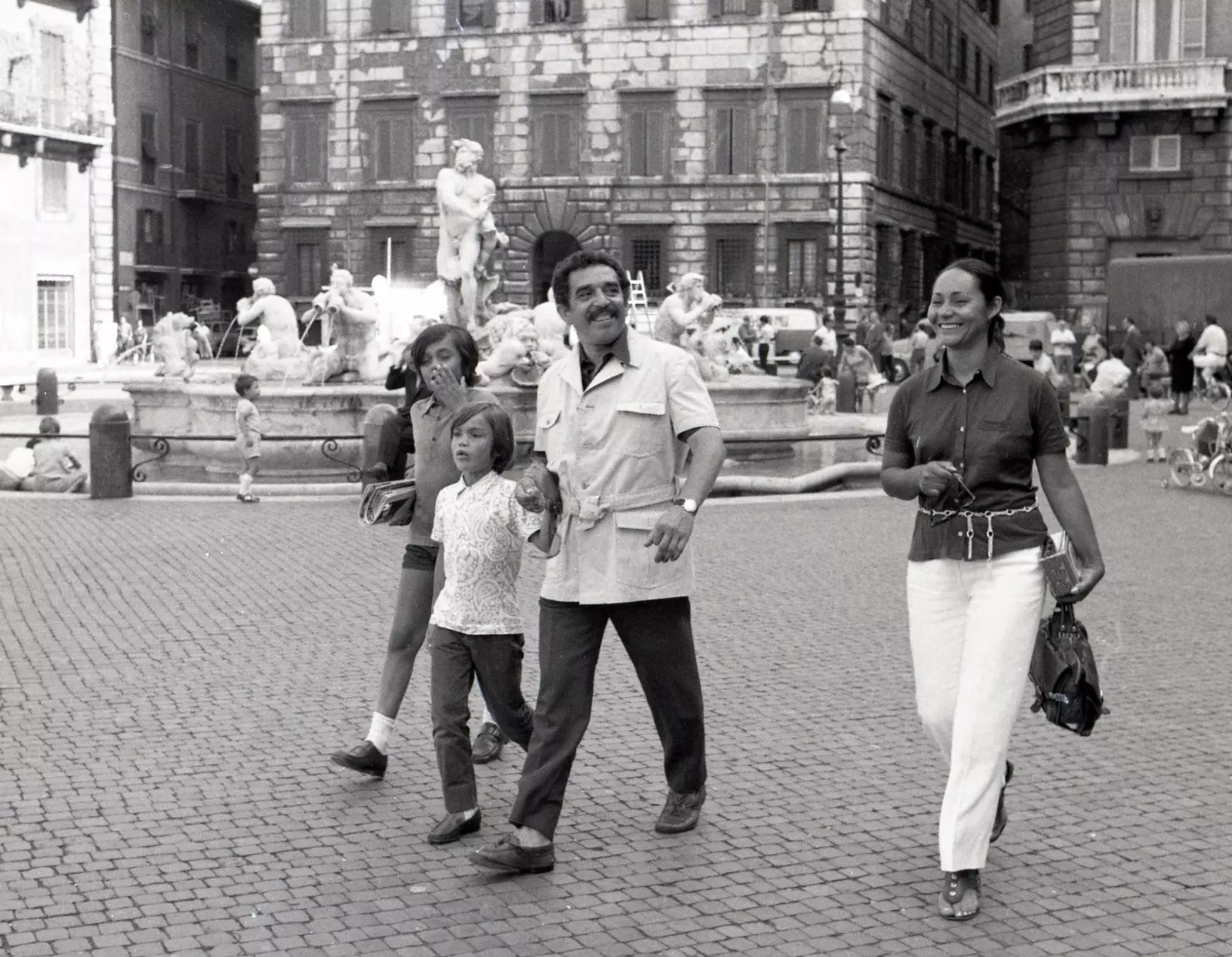
Gabriel Garcia Marquez in Rome
Such was the success in 1955 was published Leaf Storm, novella that I already mentioned a certain town called Macondo detached from the rest of the world.
For eighteen months included between 1965 and 1966 Gabriel García Márquez wrote One Hundred Years of Solitude in an apartment in Mexico City.
Prisoner of an inspiration as overflowing as it is capricious, some nights he cried disconsolately while his wife, Mercedes Barcha, great ally and companion , went up to the second floor to push it to condense fifteen years of creation in a single work.
The process also included a network of intellectual friends who suggested references and corrections to rustic Telegram mode. It was the ultimate plan to connect the umbilical cord of a continent with the world of dreams.
When the South American publishing house, in Argentina, he asked Gabo for a first draft of six hundred pages of One Hundred Years of Solitude, his life was in jeopardy by having pawned all his properties to write the novel. In less than a month they were sold. 8,000 printed copies of the first edition.
THERE ARE BOOKS THAT ARE MIRRORS
If you ask certain literati, many will say that one shore of the Atlantic was written by Cervantes and the other by García Márquez. One hundred years of solitude supposed a mirror of Latin America through "magical realism", a literary current based on merging everyday reality with magic and which reached its peak during the "Latin American boom of the 60s". **
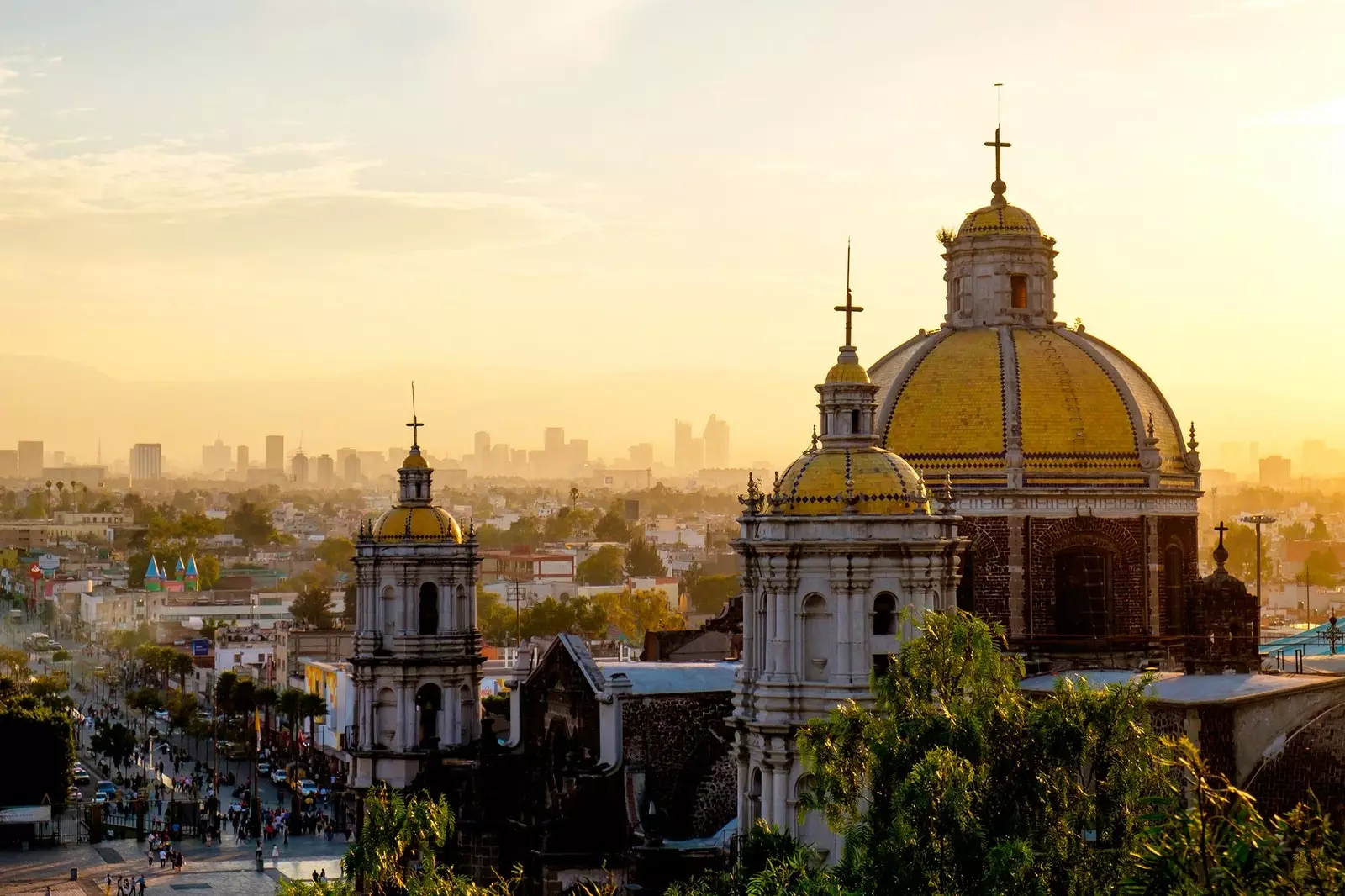
He wrote 'One Hundred Years of Solitude' in an apartment in Mexico City
As a result of this movement, other famous novels were published, such as The House of the Spirits, by Isabel Allende or, years later, Like water for chocolate, by Laura Esquivel. They were all stories that tried to reinforce the identity of the peoples and tropics of an entire continent.
Magical realism thus became the answer of a Latin America overwhelmed by political instability and the invasion of the Western world: "the interpretation of our reality through alien schemes only contributes to making us more and more unknown, less and less free, more and more lonely", Gabo sentenced in his speech after receiving the Nobel Prize for Literature in Stockholm in 1982.
The prestigious award recognized this literary revolution through works that are already part of the universal imagination: from A Chronicle of a Death Foretold (or the art of recycling a journalistic chronicle in a crime novel with airs of the Spanish Golden Age) to the love triangle Love in the time of cholera, Inspired by the story of her own parents.
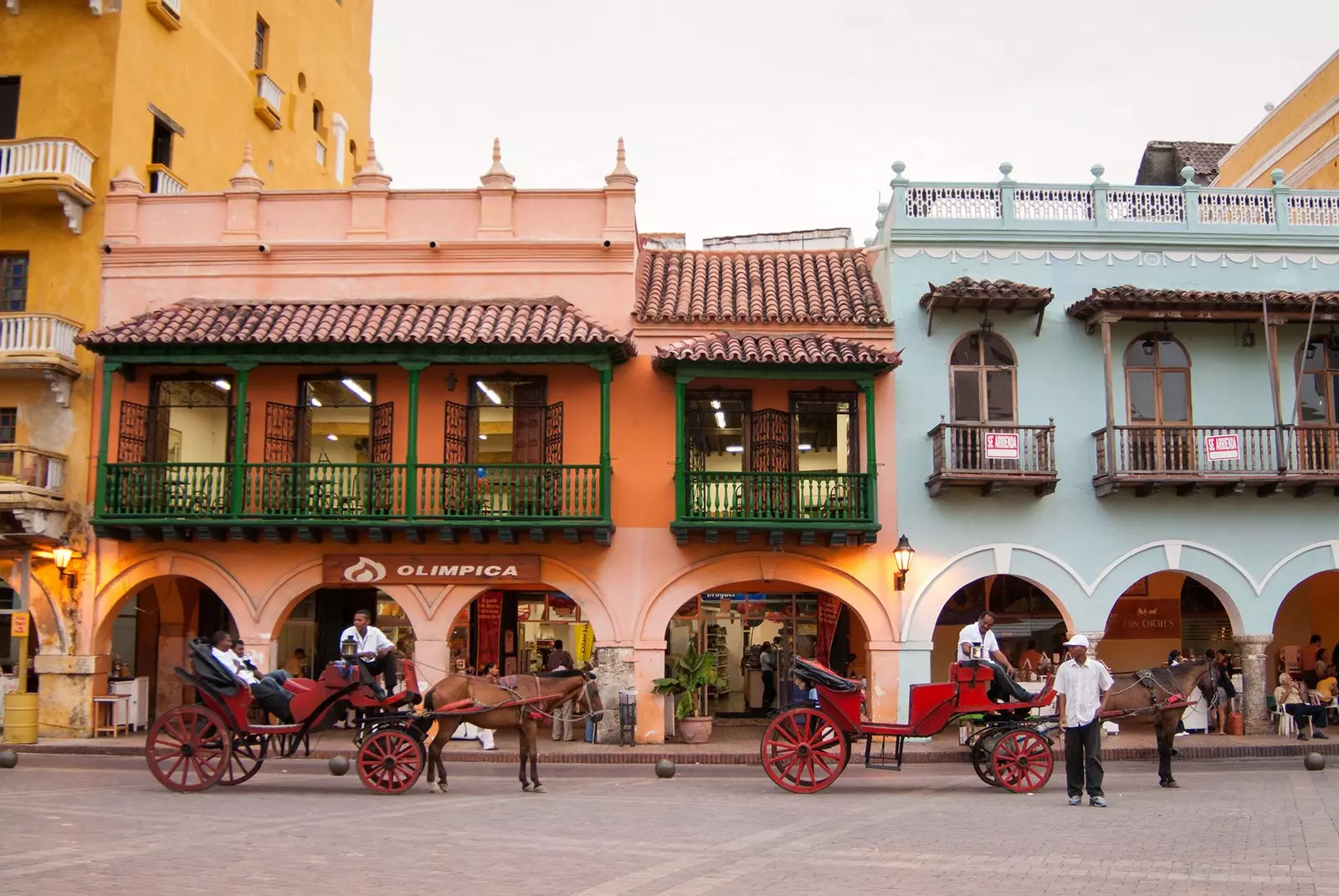
Cartagena de Indias
For posterity remain the blue ghost of Yolanda de Xius flying over her old house; the rooster of The colonel has no one to write to him , fueled by grain and nostalgia; or the rains of frogs that devastated Macondo , cornerstone of a Colombian map dotted with environments as real as they are magical: the streets of Cartagena de Indias , a city that, according to Gabo “It always reconciled him with his natural environment” or of course a town of Aracataca where wandering guides still lead you to an old railway today orphan of stories.
Reading has reached higher consumption rates during the pandemic thanks to its ability to transport us to other places and scenarios: to Rushdie's India, to Woolf's lighthouses, or to Hemingway's Caribbean.
Perhaps if Gabo had lived through this pandemic, in his work the COVID-19 would make us live 120 years, like Úrsula Iguarán , and during confinement, Jungles would have grown in our houses. Resorting to Gabo's work is today, more than an escape, a metaphysical exercise.
In fact, My father has read One Hundred Years of Solitude again. these days. I think even he has recognized that, in dark times, we can always chase yellow butterflies.
